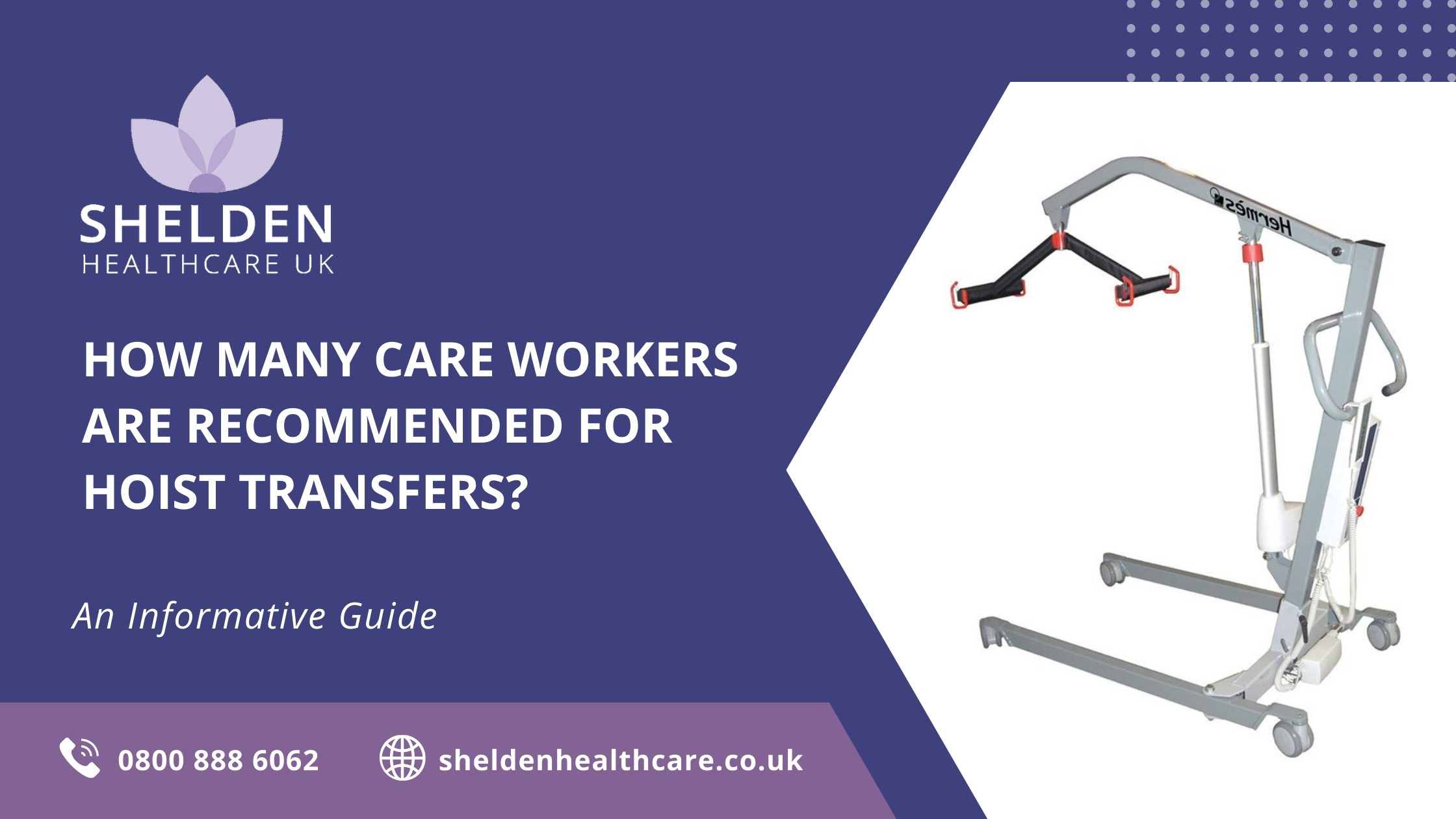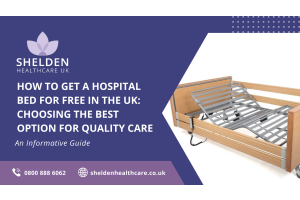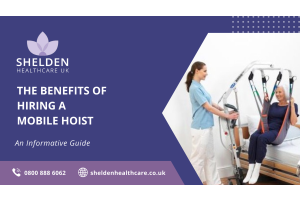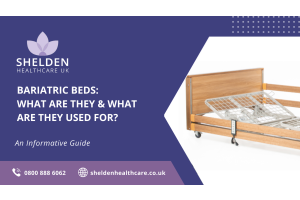How Many Care Workers Are Recommended For Hoist Transfers?

When caring for a person who needs help transferring, it is important to use the right number of care workers. Too few can lead to an unsafe transfer, while too many can complicate the process and slow things down. In this blog post, we will discuss how many care workers are recommended for patient hoist transfers. We will also provide some tips for safe transfers. Keep reading to learn more!
What is a hoist transfer and why do you need care workers to help with them?
A hoist transfer is when a person who cannot move their body independently is moved using a lifting device called a hoist. This type of transfer is often used for people who are living with conditions like cerebral palsy, muscular dystrophy, or multiple sclerosis.
Care workers are needed to help with hoist transfers because the person being lifted will usually need support from multiple people rather than just one person. This is for safety reasons because the hoist transfer process can be dangerous if not done properly. For example, if the person being lifted is not positioned correctly in the hoist, they could be injured.
Hoist transfers can be done wherever they are required such as in hospital, a care home or in and out of the bath by using a bath hoist; as long as the right equipment is being used along with health and safety measures and proper training.
So, how many care workers are needed for a hoist transfer?
The answer depends on different factors. It is important to consider all of these factors when deciding how many care workers to use.
Weight of the Patient
For example, if the person being lifted is relatively light (under 125 pounds) two carers may be sufficient. However, if the person being lifted is heavier (over 125 pounds) four care workers may be the best solution.
Type of Hoist Being Used
The type of hoist systems being used will also affect how many care workers are needed. For example, if a sit-to-stand hoist is being used, four care workers may be required. This is because two carers will be needed to lift the patient from their chair and two more will be needed to support the patient during the transfer.
An overhead hoist system may only require a single carer because there are minimal risks related to the moving and handling of the equipment.
On the other hand, if a standing hoist is being used, the number of carers needed will depend on the weight of the patient. If you are not sure how many care workers are needed for your particular hoist, consult the manufacturer’s instructions on the hoist systems and check the Lifting Operations and Lifting Equipment Regulations.
Level of Assistance Needed
Another factor to consider is the level of assistance the patient will need during the transfer. For example, if the patient can weight bear and help with the transfer, two care workers may be sufficient. However, if a mobile hoist is being used and the patient cannot weight bear or help with the transfer, four care workers may be needed. Hoist slings and stand aid slings can provide an extra layer of safety and support by helping to reduce the strain on the care workers.
When in doubt, it is always better to err on the side of caution and use more care workers than you think you need. This will help ensure a safe and successful hoist transfer.
Tips For Safe Hoist Transfers
Now that you know how many care workers are needed for a hoist transfer, let’s take a look at some tips for safe transfers:
Have a Plan
Before starting the transfer, check the patient's care plan and complete a risk assessment (as per government guidelines) and make sure all care workers know what their role is and what they need to do. It is important to use the proper handling equipment. Throughout the transfer, care workers should be communicating with each other to make sure everyone is on the same page.
Secure the Patient
This can be done using a sling or other type of restraint. The goal is to make sure that the patient cannot move around while they are being lifted. This will help prevent them from being injured.
Check the Position
Make sure the person being lifted is positioned correctly in the hoist before starting the lift. This means making sure that the patient’s hips and knees are at 90-degree angles and that their back is straight.
Lift Slowly and Smoothly
Once the patient is secured in the hoist, lift them slowly and smoothly using the handling equipment. Take your time. Hoist transfers can be tricky, so it is important to go slowly and be careful. Avoid jerking the person’s body, as this could cause injury.
Monitor the Patient
When the patient has been lifted, monitoring them for any signs of discomfort or distress is important. If the patient appears to be in pain or is having trouble breathing, stop the transfer and seek medical help immediately.
FAQs
Why is it important to follow guidelines?
Patient handling injuries are a major concern for healthcare workers, and patients can be easily injured if they are not properly supported during a transfer. Hoisting guidelines help to ensure that patients are lifted and moved in a way that minimises the risk of injury.
There are a few reasons why it is important to follow hoisting guidelines during patient transfers. First, improper lifting can lead to injury for both the patient and the caretaker. Second, incorrect transfer techniques can worsen the patient's condition or cause further injury. Finally, disregarding best practices when hoisting a patient puts everyone involved at risk of getting sued in the event of an accident.
In short, following proper guidelines when transferring a patient is crucial in order to protect everyone involved. By taking the time to learn and follow the correct procedure, you can help prevent accidents and injuries from occurring.
What are some tips for ensuring a safe and comfortable transfer for everyone involved?
Tips for ensuring a safe and comfortable patient transfer include:
- Making sure the path is clear and free of debris before beginning the transfer.
- Always using a lifting device when transferring a patient, even if they are only being moved a short distance.
- Using proper lifting techniques for manual handling such as bending at the knees and keeping your back straight when lifting or moving a patient. Do not lift from the waist.
- Using extra caution when transferring patients who are obese or have limited mobility.How can you ensure that your care workers are providing safe and effective transfers for your loved one?
How can you ensure that your care workers are providing safe and effective transfers for your loved one?
Although family members cannot always be present during a patient’s hospital stay, there are steps you can take to ensure safe and smooth patient transfers.
First, ask the doctor or nurse about the specifics of the transfer procedure. This includes when the transfer will happen, where your loved one will be going, and what type of transportation will be used. You should also find out how long the transfer is expected to take. It is a good idea to check that everyone involved in the transfer has completed proper training.
Next, arrange for a family member or friend to be with your loved one during the transfer process. This person can provide support and comfort during what can be an anxious time.
What is the difference between a lift and a hoist?
A lift is a device that helps to move a person from one place to another, such as from a bed to a chair. A hoist is a type of lift that uses a system of pulleys and cables to lift a person into the air.
How do I choose the right sling for hoist transfers?
When choosing a sling for hoist transfers, you will need to consider the patient’s weight, mobility, and level of assistance needed. Do not forget to consult the manufacturer’s instructions on the hoist systems to see what type of sling is recommended.
Final Thoughts
As you can see, there are a few different factors to consider when deciding how many care workers are needed for a hoist transfer. By considering all of these factors and following the tips for safe transfers, you can ensure that the transfer is completed safely and correctly.
At Shelden Healthcare, we want to ensure that your loved ones receive safe and effective transfers regardless of the situation or setting which is why we provide a comprehensive collection of essential hoists, sling and other care aids, including hoist hire. To find out more, please check out our website or contact us directly. We are here to help!
We hope this article has been helpful in providing you with information on the carer to patient ratios for hoist transfers. It is important to follow guidelines along with health and safety regulations to ensure a safe and comfortable transfer for everyone involved.
https://www.invacare.co.uk/safe-patient-handling/lifters-hoists-and-slings








